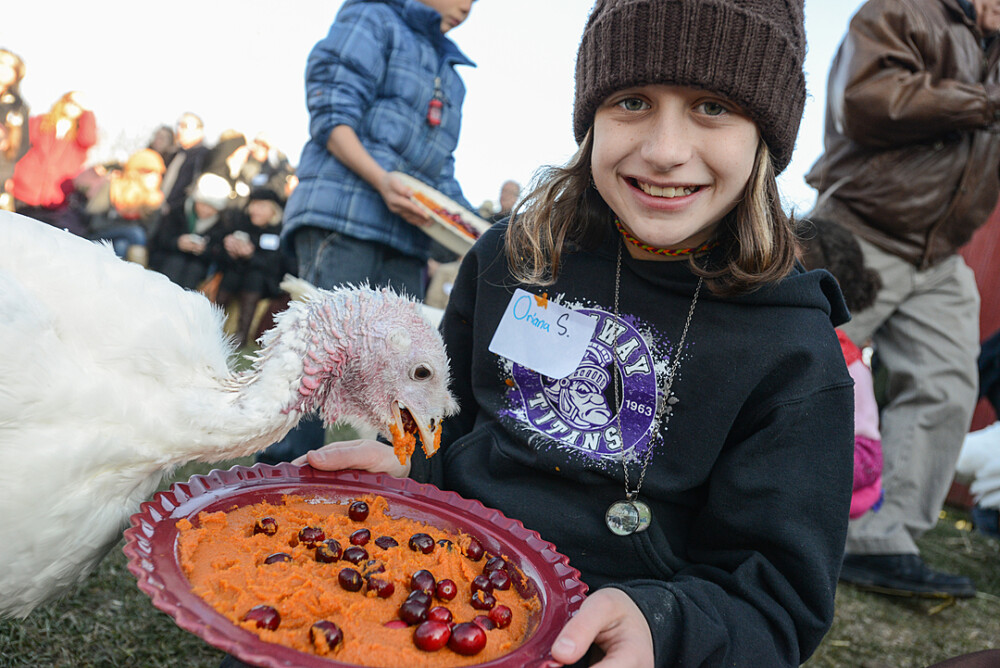
-Crystal Heath, DVM
This week, most of the country will sit down with extended family for the annual Thanksgiving dinner and other traditions. It’s a great opportunity to share stories and life updates, often leading to robust family debates and discussions.
With that in mind, I’d like to share three points about animal slaughter interest groups that are perfect for sharing with friends and family.
Most people confuse national slaughter industry groups–American Farm Bureau, North American Meat Institute, National Pork Producers Council, National Chicken Council, and the National Cattlemen’s Beef Association specifically–with credible food-producing organizations. They hear the names of these groups and see the star-studded ads showing of happy animals roaming in expansive fields. You may even have an aunt or niece who donates to one of these groups.
These organizations rely on undeserved credibility to raise millions of dollars a year from the food-loving public. Much of this money is plowed into campaigns to lobby the government for more of your tax dollars, to attack and eventually eliminate slaughter-free food, and manipulate you into increasing your consumption of slaughter-based foods that hurt animals, marginalized members of our own species, and the environment while creating wealth for a few of their leaders.
There’s a way to break the cycle: Informing people about what’s really going on.
Word of mouth is considered one of the best tools for marketing. Why? Because people trust their friends and family. So here are a few things you can share about slaughter industry groups to help those who don’t yet know the truth.
1. The National Chicken Council pays its President over $700,000 a year. According to its latest tax return (covering 2021), the National Chicken Council pays its President, Michael J Brown, over $633,215 a year plus $89,032 in other compensation. Two other executives make over $200,000 a year. The four executives’ salaries totaled $1,694,804 in compensation. They are sitting on over $3.83 million in assets. And they don’t care for a single chicken.
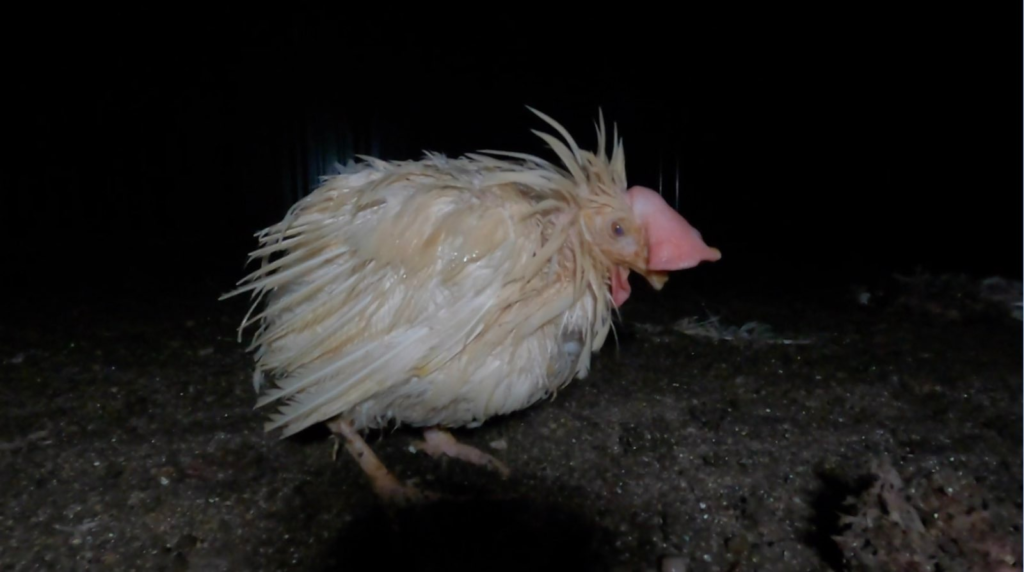
Image Source: Direct Action Everywhere
In the past year, many wealthy producers were able to receive millions of dollars in taxpayer-funded bailouts when their chickens were killed en masse due to outbreaks of avian influenza. Many sealed-up barns pumped in heat while the birds suffered and died over many hours. It’s a bit like a puppy mill getting taxpayer bailouts for killing their puppies due to a parvovirus outbreak by locking them in a hot car.
2. The American Farm Bureau Federation doesn’t plow any fields. The President Vincent Duvall makes over $600,000 a year. According to their 2022 990, they paid $2,563,314 in executive compensation with $10,758,575 in other salaries and wages. They are sitting on $87.4 million in assets and haven’t produced a single ounce of food; they don’t run any farms. But they lobby politicians to kill animal protection bills while ensuring wealthy producers get even more taxpayer subsidies.
3. The National Cattlemen’s Beef Association doesn’t raise any cattle. According to 2022 filings, the CEO Colin Woodall made over $400,000 a year. They are sitting on $34 million in assets, which they use to help the cow slaughter industry extract more than its fair share of resources. The New York Times revealed that the Colorado River, supplying 40 million Americans, is running low, and 56% of its flow goes to produce livestock feed. Feed, alfalfa, and grass hay irrigation accounts for 23% of all water usage nationally.
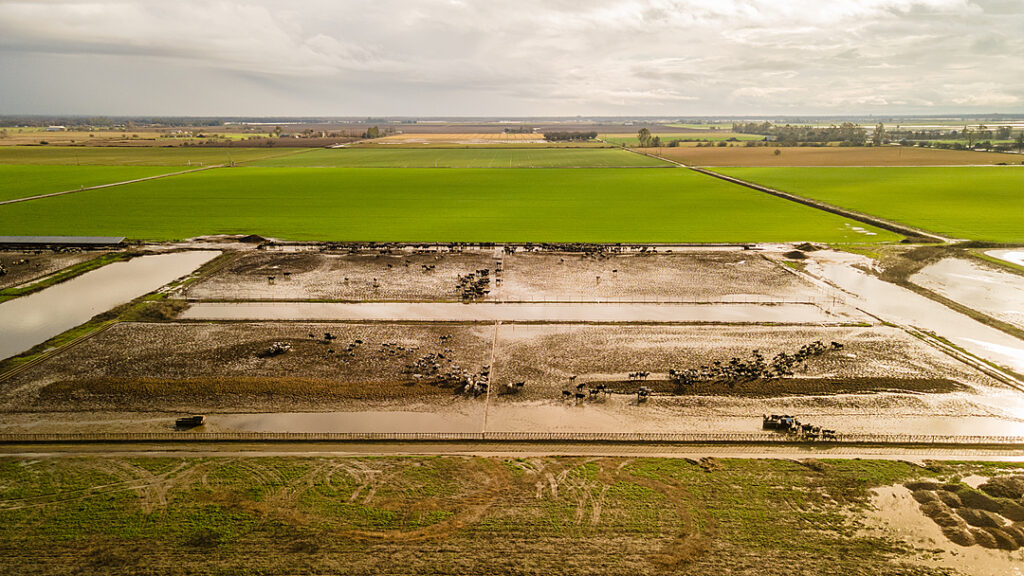
Many cattle graze on habitats, threatening native flora and fauna, contributing to the spread of highly flammable grasses such as cheatgrass and red brome–ultimately increasing wildfires. During the 2020 wildfires in Washington, more than 50% of the state’s pygmy rabbits and 30-70% of the greater sage grouse and sharp-tailed grouse perished. Yet despite the environmental toll, slaughter-bound animals grazed exclusively produce barely 1% of our global protein supply. If the United States replaced milk and beef with slaughter-free alternatives, this would free around 700 million acres of land.
Sadly, because of their influence, slaughter-free commodities receive pennies on the dollar compared to slaughter-based nutrients, with lentils only receiving $1 to every $470 directed towards beef.
4. The National Pork Producers Council doesn’t raise any pigs, but they do want to undermine the democratic process. Their highest-paid executive makes $564,405 and $35,114 in other compensation. They pay over $4 million in salaries and wages and are sitting on $42.2 million in assets. After 63% of California voters passed Proposition 12, which mandated that only some meat from slaughtered pigs sold in California come from pigs whose mothers were granted a few extra feet of space, they challenged that new law all the way to the United States Supreme Court. When the Supreme Court upheld Prop 12, they moved next to pass the EATS Act, which would overturn more than 1,000 food safety and animal protection laws.
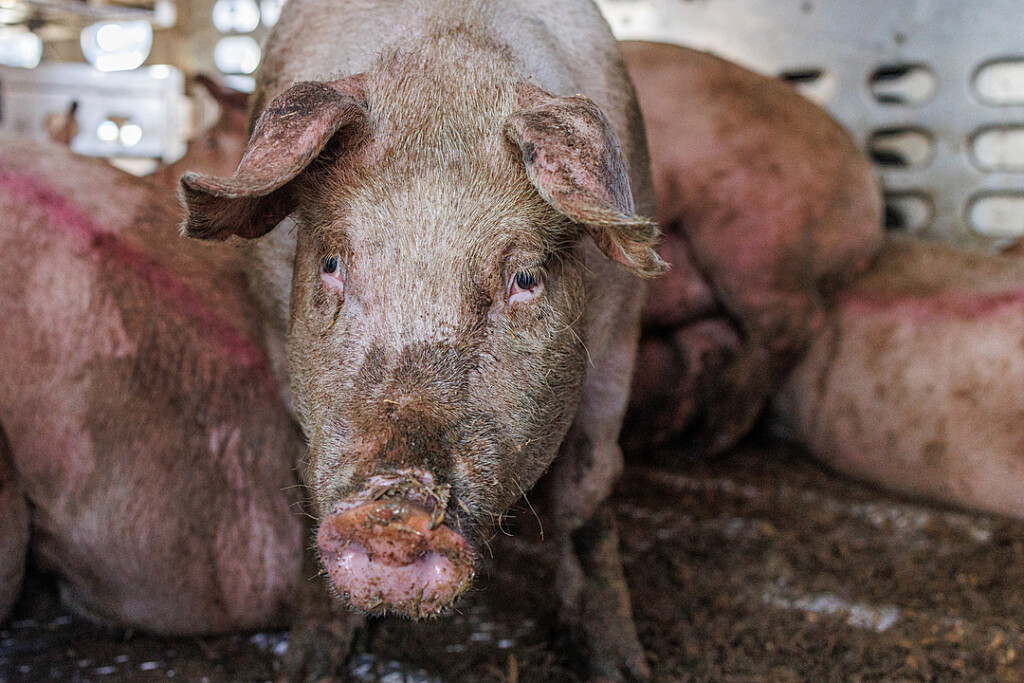
Image: We Animals Media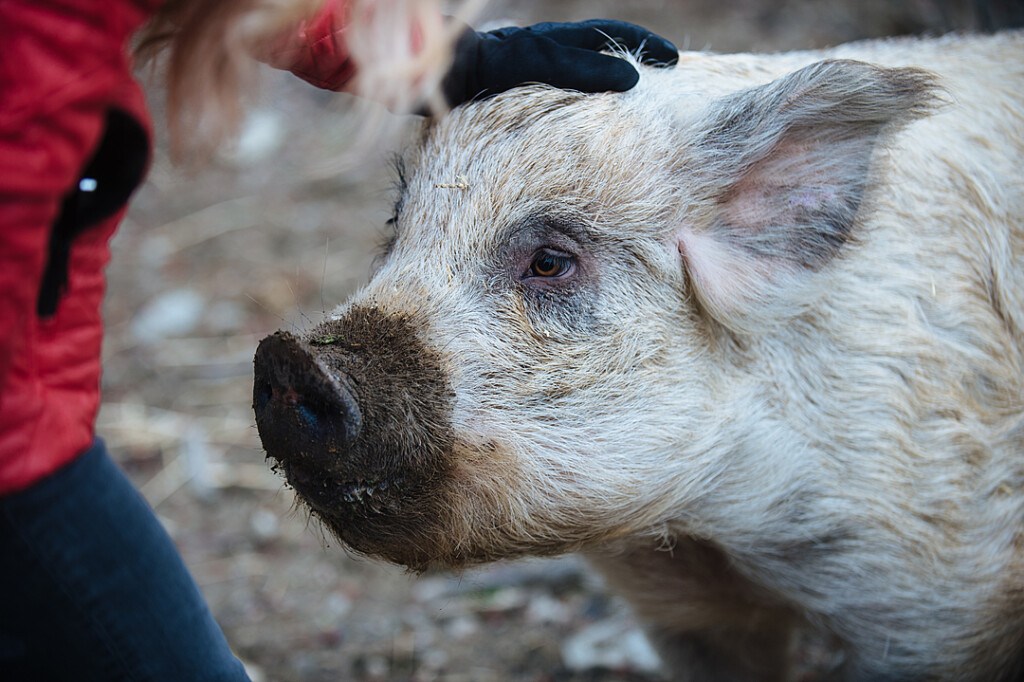
Image: We Animals Media
Meanwhile, the cruel practices they want to protect cost us billions of dollars annually in healthcare and other social costs while creating the conditions for the next pandemic. A February 2022 review in Science, out of the Harvard T.H. Chan School of Public Health, points out, “High-density livestock operations can serve as an opportune environment for spillover from wild animals into livestock or as incubators for pandemic influenza strains … Large pig and poultry farms are where the genetic re-assortment needed to source pandemic influenza strains may most likely occur.”
5. The North American Meat Institute doesn’t produce any meat. Their President and CEO, Julie Anna Potts, made $649,961 and $63,532 in other compensation, according to 2021 tax filings. This non-profit organization paid $1,708,371 in executive compensation and $4,422,716 in additional wages. They are sitting on $15.7 million in assets, and despite what their name implies, they do not support the interests of all meat; they have done nothing to help slaughter-free meat interests; their website says they only represent “U.S. packers and processors of beef, pork, lamb, veal, and turkey.” Is this a group that represents our interests when 75% of people identify as animal lovers and 47% of people surveyed want to ban slaughter plants?
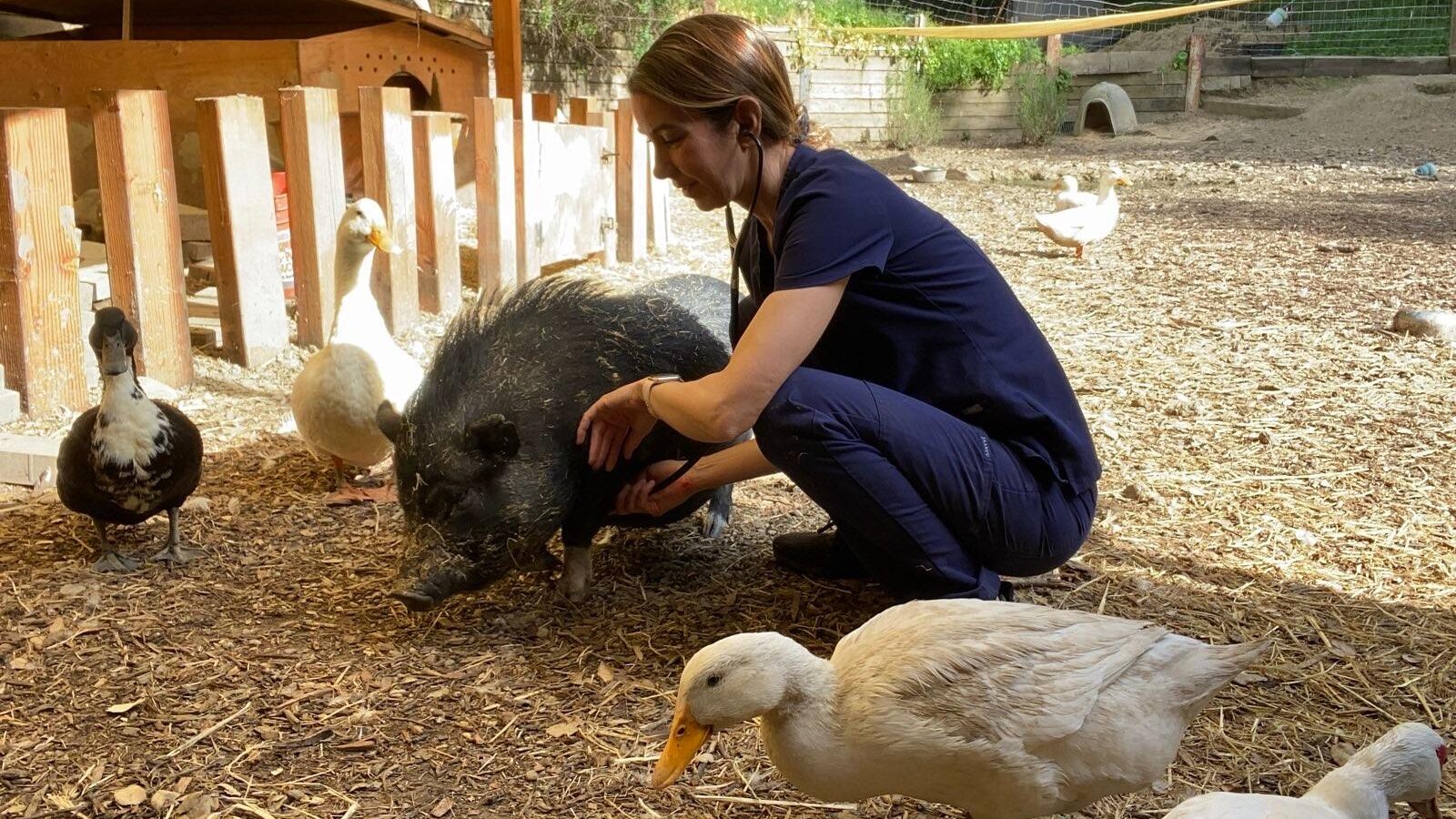
Combined, these groups deny us our freedom to choose slaughter-free foods that are accessible, nutritious, and affordable by forcing us, through our taxes, to subsidize their harmful products that don’t align with the values of most Americans. Whether you eat their food or not, if you pay taxes, you are paying for it.
Through publicly-funded marketing campaigns, we are manipulated into consuming even more of their products. In 1961, we consumed 50.6 lbs of meat per person yearly. In 2020, that number jumped to 264 lbs per year.
If we didn’t bail out the harmful slaughter industry, we could invest in food production methods that don’t require the slaughter of animals. Recent research shows we would save $7.3 trillion globally in health burdens and ecosystem degradation.
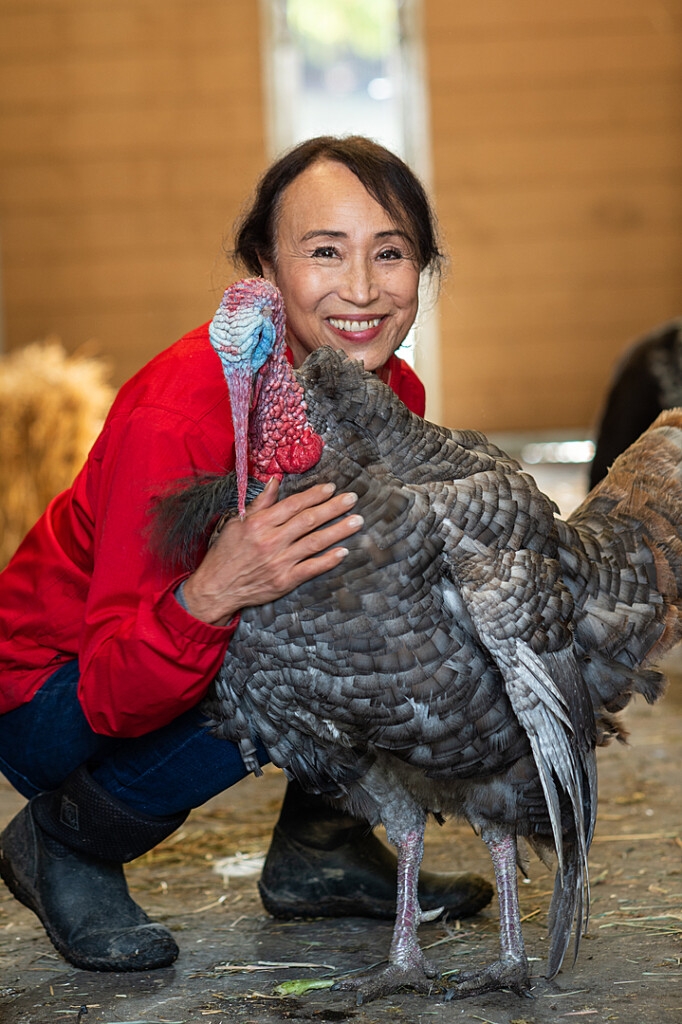
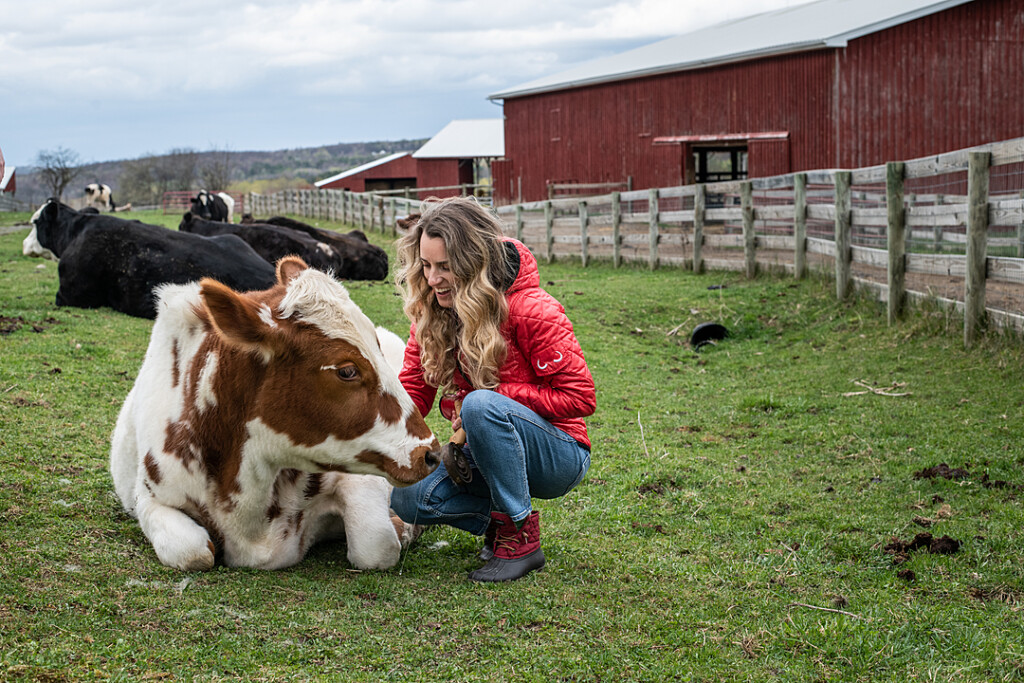
Thanksgiving is a great kickoff to the holiday season. It’s followed a few days later by Giving Tuesday, perhaps the biggest charitable giving day of the year. Help make sure your family isn’t misled into supporting slaughter industry interest groups seeking to take your tax dollars to hurt animals, including our own species and the planet. All these groups share that agenda, but I’ll save those details for my next column.
About Dr. Heath
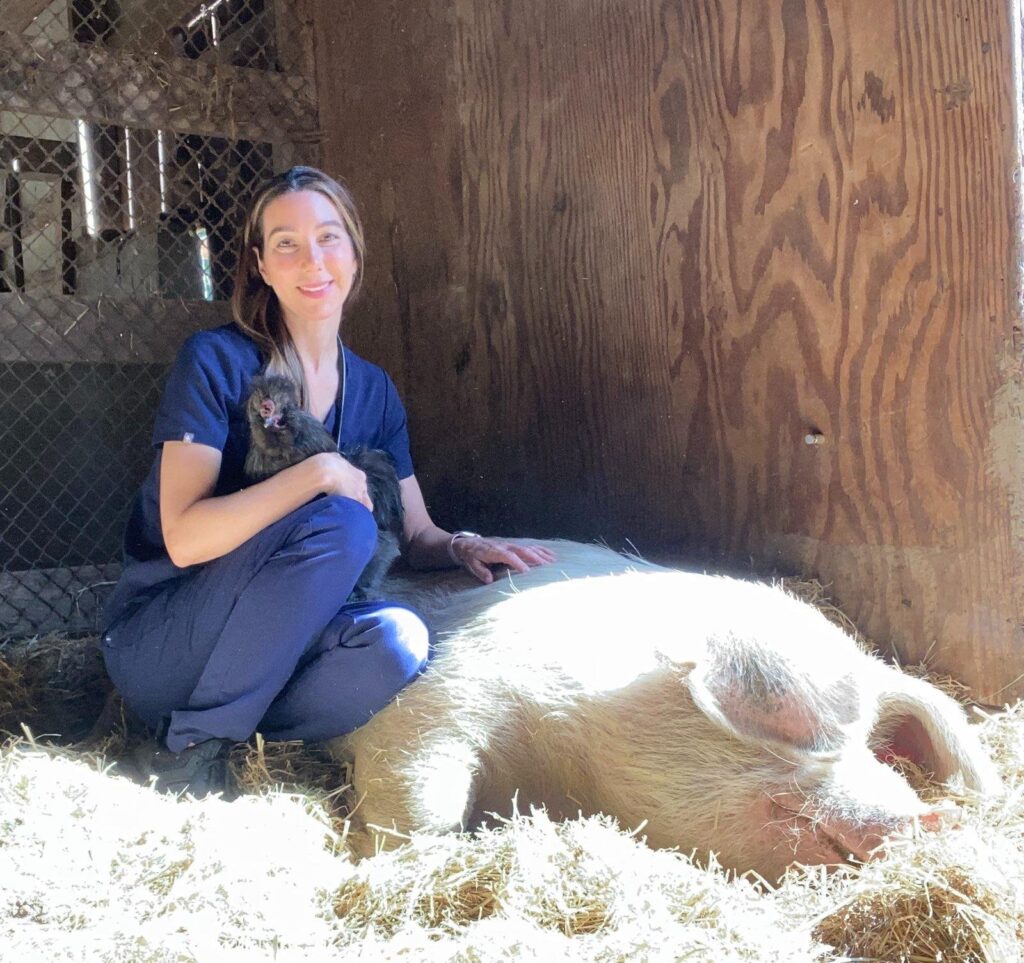
Dr. Crystal Heath is an AVMA-member veterinarian, a graduate of UC Davis School of Veterinary Medicine, and co-founder of Our Honor an organization that supports veterinarians and animal professionals in advocating for the best interests of others, no matter their species. She is on the founding committee of Veterinarians Against Ventilation Shutdown, and serves on the board of LEAP for Animals.

